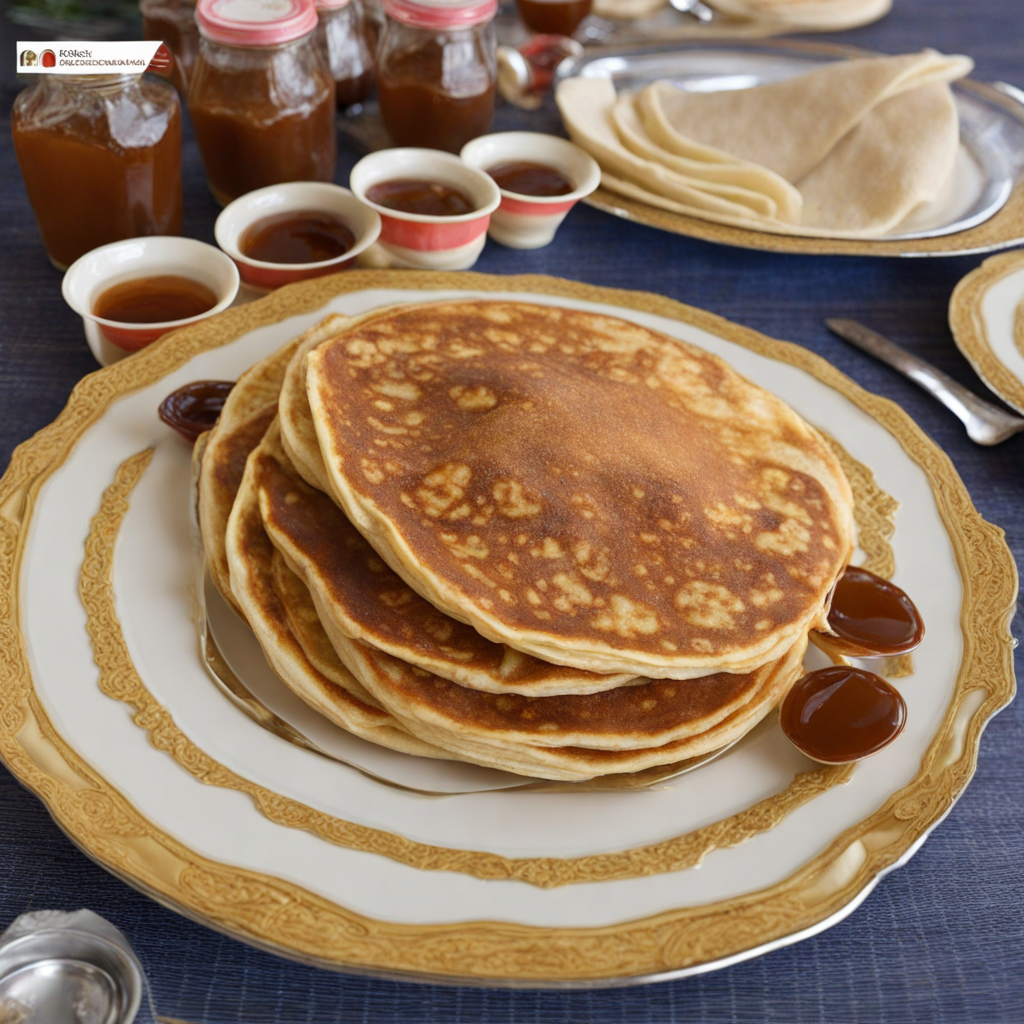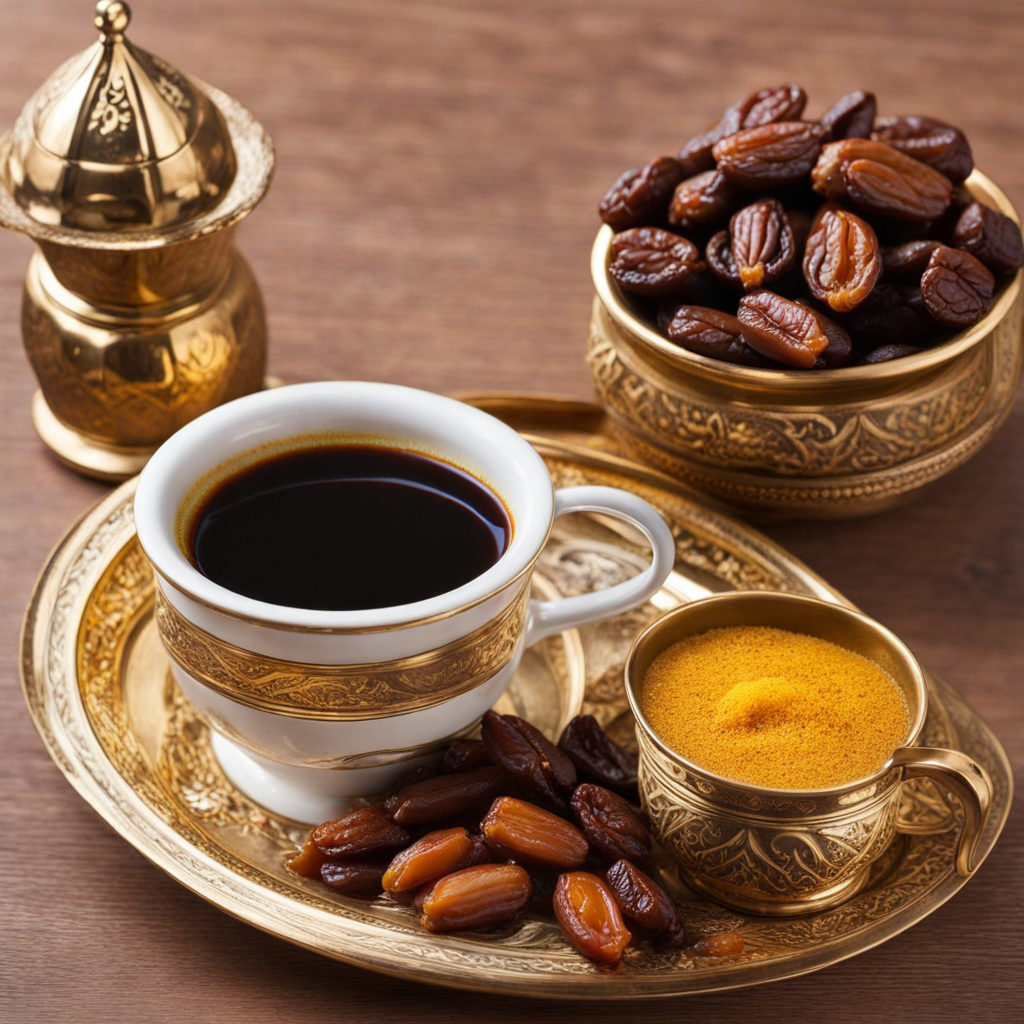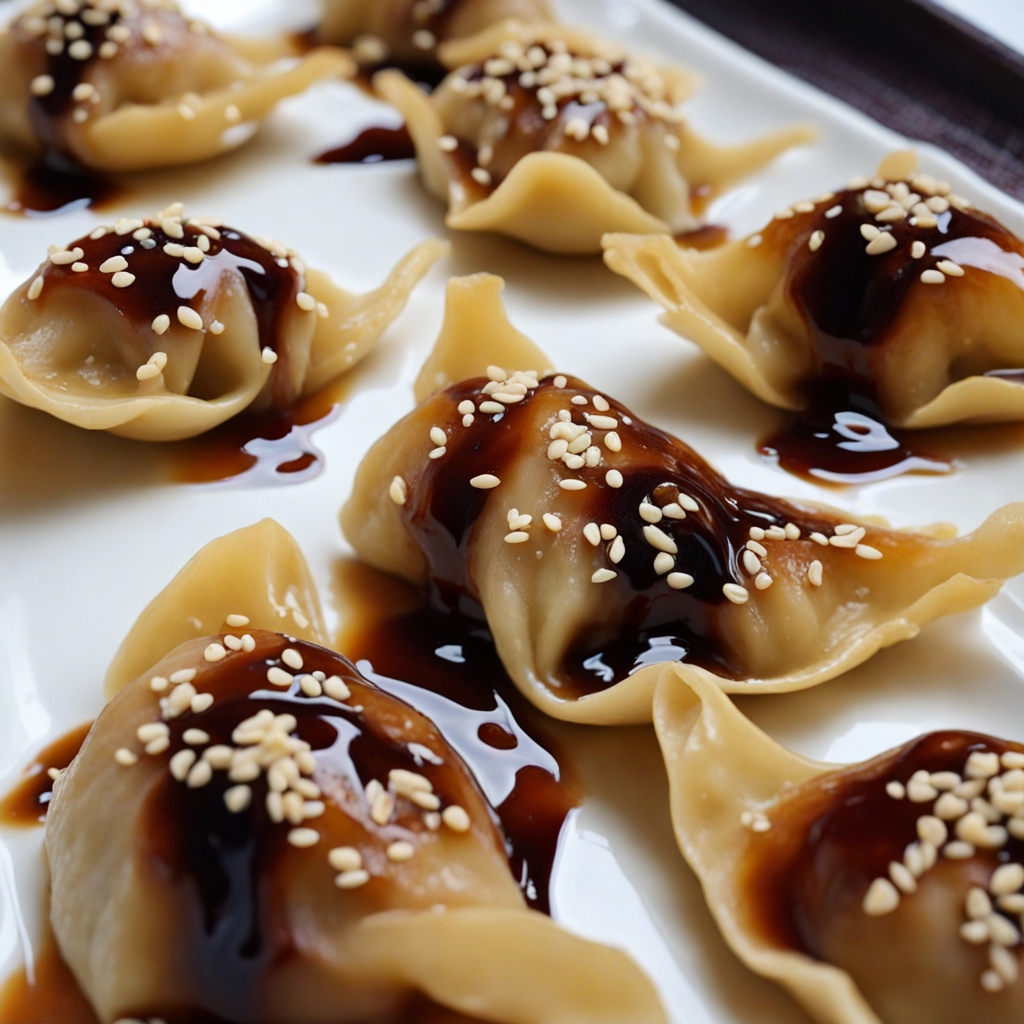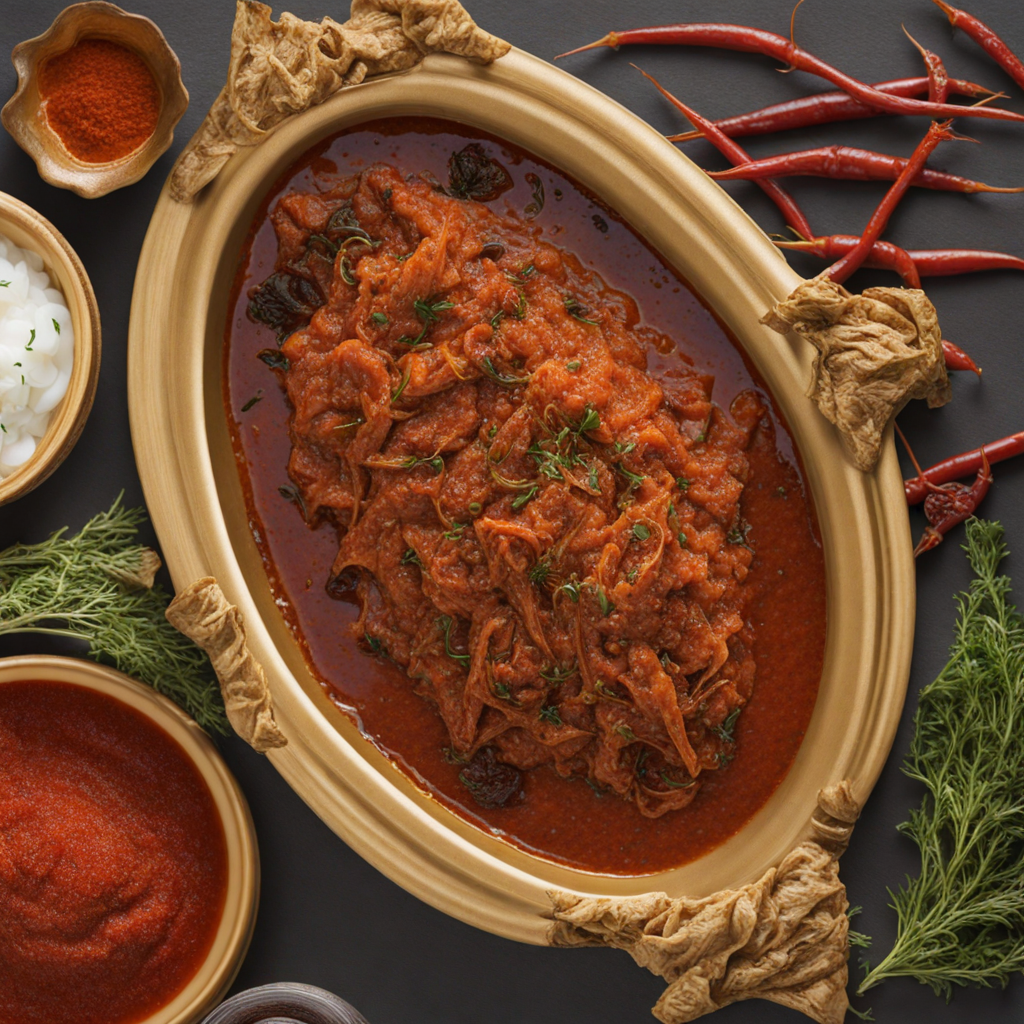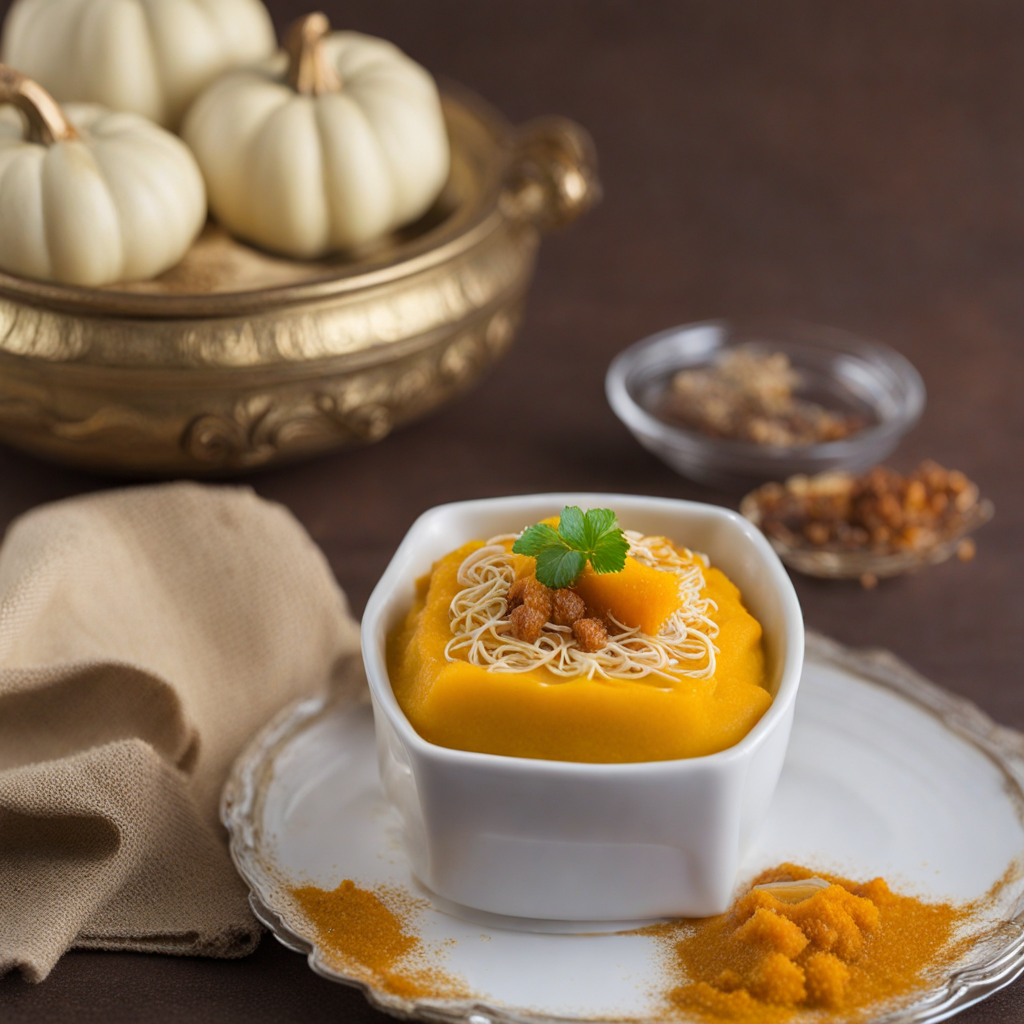Al Jabab bread
Al Jabab bread is a traditional Emirati flatbread that embodies the rich culinary heritage of the United Arab Emirates. Characterized by its soft and pliable texture, this bread is typically made from a mixture of flour, water, and salt, resulting in a dough that is kneaded until smooth. The bread is then flattened into round shapes and cooked on a hot griddle or in a tandoor, giving it a slightly charred exterior while keeping the inside tender and fluffy. Its subtle flavor makes it an ideal accompaniment to a variety of dishes, from savory stews to grilled meats, enhancing the overall dining experience.
How It Became This Dish
The History of Al-Jabab: A Culinary Treasure of the United Arab Emirates Al-Jabab, a traditional Emirati dish, embodies the rich tapestry of the cultural and culinary heritage of the United Arab Emirates (UAE). This simple yet flavorful dish, characterized by its unique blend of ingredients and cooking techniques, reflects the historical lifestyle of the Emirati people, their socio-economic conditions, and the influence of trade and migration. In this exploration, we delve into the origin, cultural significance, and evolution of Al-Jabab in the UAE. #### Origin and Ingredients Al-Jabab is believed to have originated in the coastal regions of the Arabian Peninsula, where fishing and pearl diving were once the mainstays of life. The dish is primarily made from a combination of flour, water, and salt, with the addition of various seasonings and optional ingredients like dates and spices. The dough is rolled out into thin, flat discs and cooked on a hot griddle, resulting in a soft and slightly chewy bread-like product. Historically, the ingredients used in Al-Jabab reflected the natural resources available in the region. The UAE’s arid climate and desert landscape led to a reliance on staple grains such as wheat and barley, which were cultivated in limited quantities. The introduction of dates, a cornerstone of Emirati cuisine, added a natural sweetness and nutritional value to the dish. The trade routes that crisscrossed the Arabian Peninsula also facilitated the introduction of spices from India and the Levant, enriching the flavor profile of Al-Jabab. #### Cultural Significance Al-Jabab holds a significant place in the hearts and homes of Emiratis. It is more than just a dish; it is a symbol of hospitality, community, and tradition. Traditionally prepared during gatherings and celebrations, Al-Jabab is often enjoyed with a variety of accompaniments, such as honey, ghee, or date syrup, emphasizing the importance of sharing food as a means of fostering relationships. In Emirati culture, the act of preparing and serving Al-Jabab is often accompanied by storytelling and the sharing of memories, reinforcing family bonds and community ties. The dish is commonly served during special occasions such as weddings, Eid celebrations, and other festive events, serving as a reminder of the rich heritage and the importance of culinary traditions in maintaining cultural identity. Moreover, Al-Jabab reflects the values of sustainability and resourcefulness prevalent in Emirati society. Historically, Emiratis adapted their cooking methods to align with their environment, utilizing local ingredients and minimizing waste. This practice is still relevant today, as many Emiratis are increasingly interested in reviving traditional recipes and cooking methods to promote a sustainable food culture. #### Development Over Time The evolution of Al-Jabab can be traced through the lens of the UAE's transformation from a primarily nomadic society to a modern, cosmopolitan nation. With the discovery of oil in the mid-20th century, the UAE underwent rapid economic development, leading to shifts in dietary habits and food availability. As globalization took hold, new culinary influences began to permeate Emirati cuisine, introducing a wider array of ingredients and cooking techniques. Despite these changes, the essence of Al-Jabab has remained intact, serving as a culinary anchor to the past. Many Emiratis continue to prepare Al-Jabab at home, often passing down family recipes from one generation to the next. In recent years, there has been a resurgence of interest in traditional Emirati foods, with chefs and home cooks alike experimenting with Al-Jabab by incorporating modern twists while honoring its historical roots. Culinary festivals and heritage events have also played a crucial role in promoting Al-Jabab, showcasing the dish alongside other traditional Emirati foods. These gatherings not only celebrate the flavors of the UAE but also serve as a platform for cultural exchange, allowing locals and visitors alike to engage with Emirati heritage through food. Additionally, the rise of social media has provided a new avenue for food enthusiasts to share their love for Al-Jabab. Home cooks and professional chefs have taken to platforms like Instagram and TikTok to showcase their versions of the dish, complete with stunning visuals and engaging stories. This digital renaissance has helped to elevate Al-Jabab’s status, inspiring a new generation to explore their culinary heritage. #### Contemporary Context In the contemporary culinary landscape of the UAE, Al-Jabab continues to flourish. It is often featured in Emirati restaurants and is increasingly included in modern menus that focus on traditional cuisine with a contemporary flair. Chefs are now experimenting with different fillings and toppings, offering innovative variations that cater to diverse palates while staying true to the dish's roots. Moreover, the UAE government has recognized the importance of preserving traditional food practices as part of the nation’s cultural identity. Initiatives aimed at promoting Emirati cuisine, including Al-Jabab, are being implemented through educational programs and culinary workshops, encouraging young Emiratis to reconnect with their culinary heritage. #### Conclusion Al-Jabab is more than just a traditional dish; it is a living testament to the rich cultural history of the United Arab Emirates. Its origins, cultural significance, and development over time reflect the resilience and adaptability of the Emirati people. As the UAE continues to evolve, Al-Jabab remains a cherished culinary gem, bridging the past with the present and inviting future generations to partake in the shared narrative of their heritage. In an increasingly globalized world, the enduring legacy of Al-Jabab serves as a reminder of the importance of food in shaping identity, fostering community, and celebrating the diverse cultural mosaic that is the United Arab Emirates. As this beloved dish continues to be prepared and enjoyed, it stands as a delicious emblem of tradition, unity, and the ever-evolving story of the Emirati people.
You may like
Discover local flavors from United Arab Emirates


